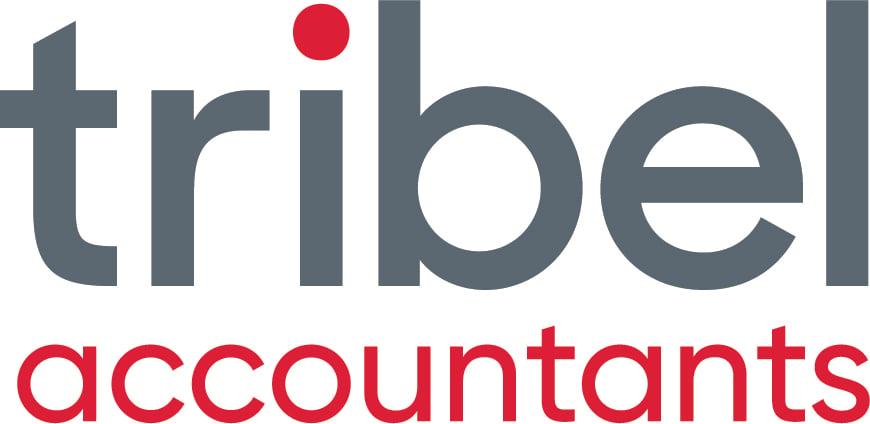INTRODUCTION:
Some of you may have already seen my prior post whereby profit doesn't necessarily convert to cash quickly particularly in times of business growth. What are the steps then to analyse your cash situation?

1. Get your latest set of reconciled financial figures
- Make sure your accounts have been reconciled at the end of the financial year;
- You will need your accounting balance sheet and profit and loss statement;
- If necessary ask your accountant or business advisor;
- Do the analysis without delay even if it's on the previous year's figures/statements (chances are they will still be the same).
2. Calculate Basic Cash Flow Indicators
- Take an average of trade debtors (start & end of the period);
- Divide by total sales for the year (from P&L);
- Multiply by 365 - this should give you the average days it takes to get paid;
- Is this more than your trading terms?
- Take an average of trade creditors (start & end of the period);
- Divide by total purchases for the year (from P&L);
- Multiply by 365 - this should give you the average days it takes you to pay suppliers;
- Is this more than their trading terms?
- If you have inventory, do the calculation for average inventory on hand & cost of sales;
3. Perform a cash flow forecast with business advisor
- Do a profit and loss budget/ cash flow forecast;
- 3 way budgets will show what the balance sheet will look like including cash, debtors, creditors etc;
- Using what you have calculated above in 2 above this cash budget will calculate the cash in and out;
4. See what effect changing cash indicators has on bank balance

- Change your cash flow budget by doing what if with the days;
- See what difference improving the debtor days & supplier days makes to the cash flow;
- This should give you encouragement to act immediately!
- Implement change to collection and payment terms and conditions
- Every month calculate debtor and creditor days;
- Check whether they are getting better or worse;
- Act accordingly.
CONCLUSION:
Every business owner wants money in the bank. If you are having trouble with the above, get help from your accountant or business advisor. Doing it properly will be worth every cent (literally)!



.png?width=100&height=100&name=COVID_Safe_Badge_Digital%20(002).png)


